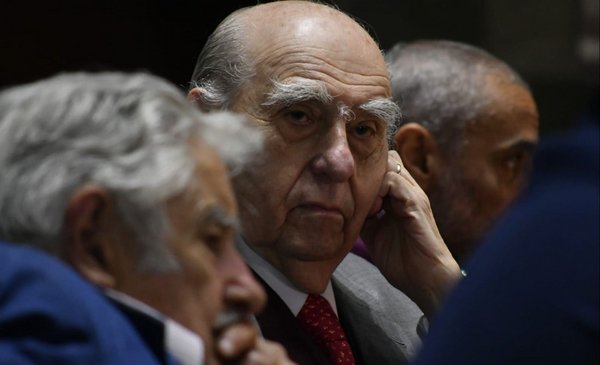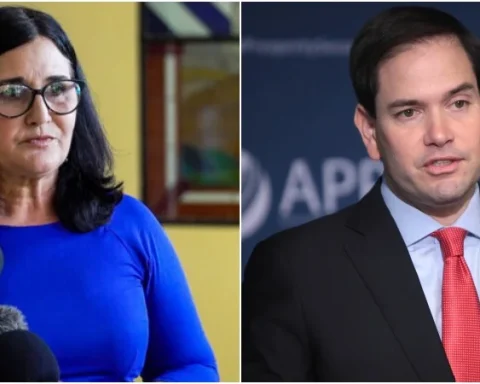This December 27 marks the 100th day of the longest protests in Iran since the Islamic Revolution of 1979: the death of Mahsa Aminidue to the blows that “the morality police” gave him, unleashed the wave of demonstrations in the Eastern country, which have left more than 500 deaths and two executions
More than 500 protesters, including 69 minors, have died in Iran during protests that began in the Middle Eastern country after the death of Mahsa Amini, the young woman arrested by “the morality police” –for wearing her hijab incorrectly– and who died from beatings received by security officers; according to the Human Rights Activists agency, HRANA (for its acronym in English).
This December 27 marks the 100th day of the longest protests in Iran since the Islamic Revolution of 1979; demonstrations that have hit the regime, but at a very high cost.
*Read: Iran: the veil law will be reviewed after the elimination of the “Moral Police”
Although nationwide mobilizations have already occurred in Iran on previous occasions, the current protests are unique, because they involve people from all walks of life and it is women who have taken the lead under the slogan “Woman, life, freedom.”
Use of Molotov cocktails
Another aspect that has made these protests different is the use of Molotov cocktails, which have been used against the bases of the Basich and Hawza militia: religious schools for Muslim clerics; reviews the BBC.
Burning scarves or veils worn by Iranian women on their heads or, more recently, taking away the turbans of Shiite Muslim clerics, have been other protest measures; You are led by young people.
A schoolgirl without a headscarf in Tehran knocks off a cleric’s turban & runs away. “#turbantossing is a campaign to protest against the symbol of access to the ruling system, privilege, corruption and oppression. #MahsaAmini #مهسا_امینی #عمامه_پرانی pic.twitter.com/rdwrTXQ2Nr
—Omid Memarian (@Omid_M) November 13, 2022
executed for protesting
So far, two men have been executed after being convicted on charges of vaguely defined acts against national security related to the protests, in what human rights groups have condemned as gross miscarriages of justice.
Many of those sentenced to death have said they were tortured; Others, after passing through the hands of the security forces, have decided to commit suicide, as is the case of Arshia Emamgholizadeh (16 years old), arrested in Tabriz last month, accused of “removing the turban”. He was detained for 10 days before being released. Two days later he committed suicide.
Iranian authorities have not only cracked down on protesters, but have also used the bodies of those who died in custody or were murdered as bargaining chips to silence the families of the victims; indicates the BBC.
*Read: Soccer player in Iran is sentenced to death for supporting protests in favor of women
Prominent voices of Iran
Some Iranian celebrities have shown unrestrained support for the protests, leading to their arrest or exile.
Iranian actress Taraneh Alidoosti, recognized throughout the country, is being held in Evin prison after she raised her voice in protest over the death of a young protester.
Previously, she had published a photo without the veil, which is mandatory in the country for all women, holding a sign with the slogan of the protests.
Another prominent Iranian actress, Pegah Ahangarani, had to leave the country. Meanwhile, Hamid Farrokhnezhad, another well-known actor, moved to the US earlier this month and from there branded Ali Khamenei, Iran’s supreme leader, a “dictator” and compared him to Franco, Stalin and Mussolini.
Post Views: 17
















